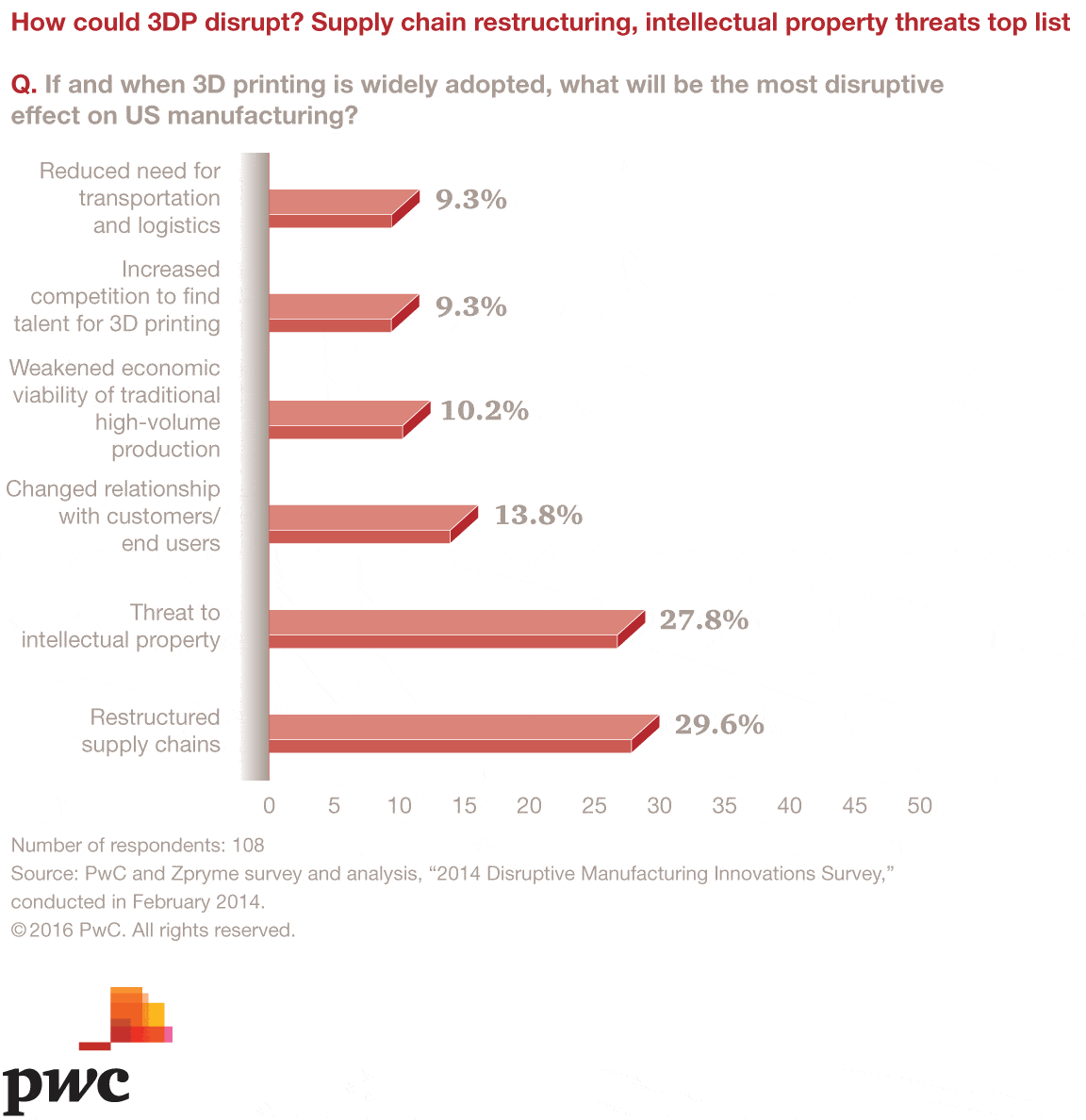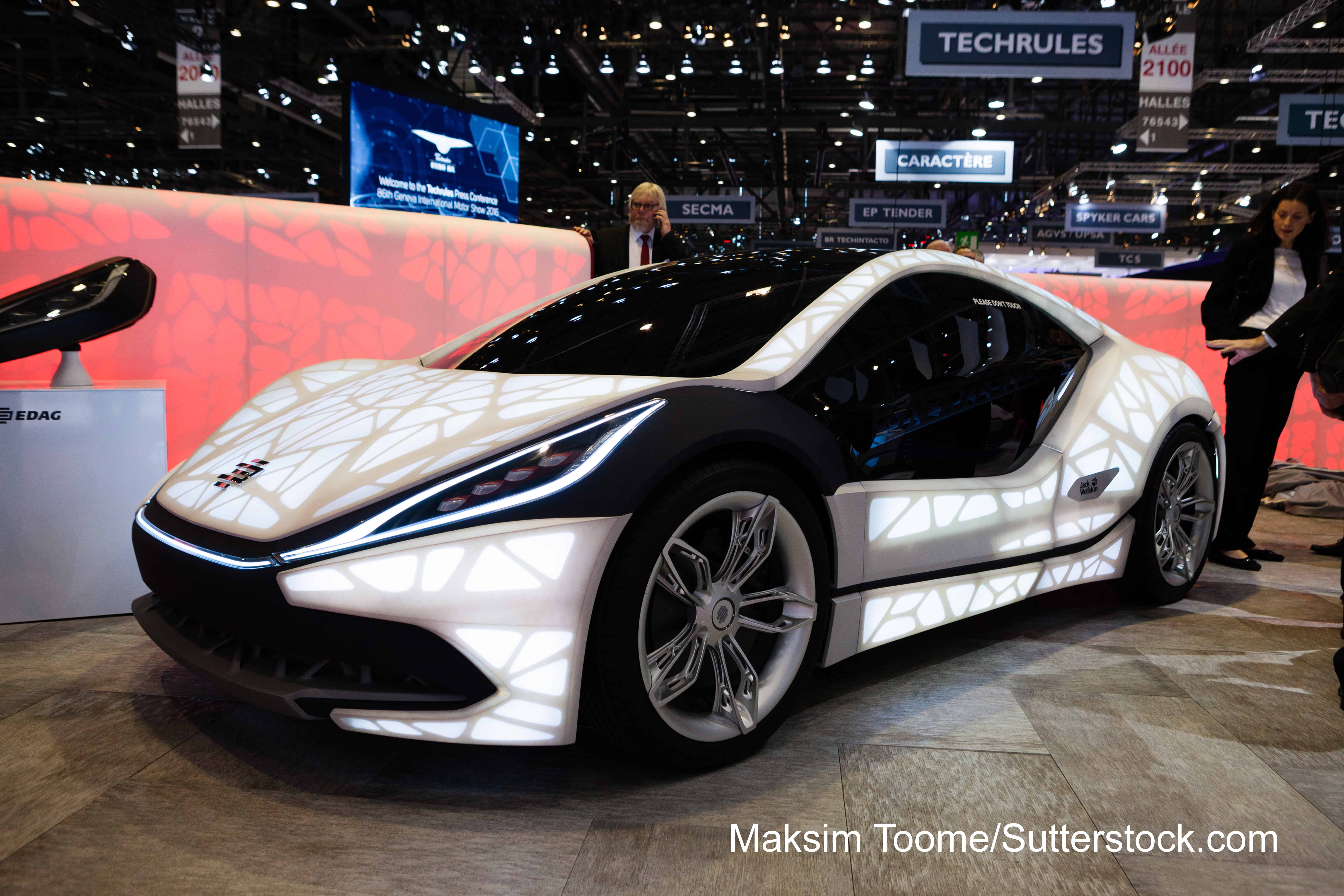Matthew Jefferies and Thomas Prock of Marks & Clerk explore some of the IP implications of additive manufacturing


Few can have missed the headlines about 3D printing and what it will mean for manufacturing and engineering industries. Whilst additive manufacturing, as it is also known, has been used in prototyping for decades, it has recently become a viable alternative for the manufacture of end products. From 3D printed cars to personally customisable trainers and 3D printed rocket engine parts, the range of applicable technologies is increasing with the day. But with the act of manufacture being reduced to the press of a button, 3D printing also poses a risk to innovators’ intellectual property. 3D CAD files can now be obtained easily by simply scanning objects using a 3D scanner. This means that it is likely that many cheap copies of products of potentially reduced quality will soon start entering the marketplace. Innovators who have spent time, money and effort developing innovative products need to take heed of the risks associated with the spread of additive manufacturing and act to avoid loss of revenue.
Manufacturers are beginning to recognise the risks posed by 3D printing. PwC recently conducted a survey in which 27.8% of respondents considered the most disruptive aspect of 3D printing to be the threat to intellectual property (the second highest response behind the disruption to supply lines). As the number of printable materials grows, and the price of 3D printers falls, public access to 3D printing could lead to intellectual property theft on a par with that seen in the music industry.
Commercial manufacturers, commercial printers and private individuals will all likely look to additive manufacturing as an alternative source of manufacturing to replace innovators’ preferred supply chains. This leads to a wide number of threats, of varying sophistication. Innovators should be aware of the different entities looking to infringe their intellectual property and have appropriate protection in place to mitigate against these risks.
Patent protection will likely remain the most effective deterrent against unlawful copying of products by commercial manufacturers. Many manufacturers will be wary of infringing pre-existing IP protection as, if they if they infringe this, the patent owners can enforce their rights and seek compensation for lost revenue. Not only is there is a risk of lost revenue, but 3D printed products may also be sub-standard, which can prove dangerous and lead to issues of liability where such low-quality products fail. Moreover, knock-off products of reduced quality that nevertheless appear to originate from the original innovator could result in damage to a company’s goodwill with consumers.

Whilst patents are usually best suited for preventing unauthorised copying of innovations, the 3D printing revolution has already created commercial situations in which a traditionally drafted patent may not be effective. Innovators should seek professional advice from patent attorneys who fully understand the implications of 3D printing to ensure that their patents have been carefully drafted to take into account both the technology itself, its alternatives, and the potential for copying through additive manufacturing.
While commercial printers are also likely to produce copies of products, this will probably be in relatively small quantities making it uneconomical to pursue individual printers for IP infringement. Private individuals downloading CAD files to print objects in their own homes will prove even more difficult to pursue, particularly given the negative publicity likely to be generated by such efforts. We can learn lessons from the challenges faced by the music industry with widespread, albeit unlawful, copying of internet-based music files. Pursuing the websites that facilitate the widespread distribution of the CAD files themselves for producing unauthorised copies of protected products may well prove to be the best deterrent to private use.
Patents prove most useful in deterring unwanted copying of products when they are carefully drafted. Considering the enforcement techniques that may need to be employed to fight imitation products created by private individuals and commercial printers through additive manufacturing, patents need to be robust enough to challenge the distribution of printable files online. Careful drafting by a professional is key in order to adapt to this changing manufacturing ecosystem.
Given the 20 year lifespan of a patent, products that may be unprintable today, may be easily produced via additive manufacture before the expiry of the patent. Innovators should therefore look to future-proof their intellectual property against further developments in additive manufacturing.

3D printing has the potential to become a world changing technology, with applications currently being found in such widespread industries as healthcare, aeronautics and automotive, to name but a few. While the comparison may seem over-stated, its impact could prove to be the most significant since the internet revolutionised the way we work, rest and play. Engineers involved in product research and development need to start planning now for a brave new world and, in particular, ensure that the IP protection that they are applying for today will stand up to the test of time, and still be fit-for-purpose 20 years down the line.
Matthew Jefferies is a patent attorney, and Thomas Prock a partner and patent attorney, in the 3D printing special interest group of Marks & Clerk.










Water Sector Talent Exodus Could Cripple The Sector
Maybe if things are essential for the running of a country and we want to pay a fair price we should be running these utilities on a not for profit...